Rising Demand for Fuel Efficiency
The Automotive Fuel Level Sensor Market is experiencing a notable increase in demand for fuel-efficient vehicles. As consumers become more environmentally conscious, manufacturers are compelled to integrate advanced fuel level sensors that enhance fuel management systems. This trend is supported by data indicating that vehicles equipped with sophisticated fuel level sensors can achieve up to 15% better fuel efficiency. Consequently, the Automotive Fuel Level Sensor Market is likely to expand as automakers prioritize technologies that contribute to reduced fuel consumption and lower emissions. Furthermore, regulatory pressures aimed at improving fuel economy standards are driving innovation in sensor technology, thereby fostering growth in this sector.
Increasing Vehicle Production Rates
The Automotive Fuel Level Sensor Market is benefiting from rising vehicle production rates across various segments. As automotive manufacturers ramp up production to meet consumer demand, the need for reliable fuel level sensors becomes paramount. Recent statistics indicate that global vehicle production is projected to reach 100 million units annually by 2026, which directly correlates with an increased demand for fuel level sensors. This surge in production not only supports the growth of the Automotive Fuel Level Sensor Market but also encourages manufacturers to innovate and improve sensor technologies to cater to a larger market. Consequently, the industry is likely to witness a robust expansion in the coming years.
Regulatory Compliance and Safety Standards
Regulatory compliance and safety standards are critical drivers for the Automotive Fuel Level Sensor Market. Governments worldwide are implementing stringent regulations aimed at enhancing vehicle safety and environmental protection. These regulations often mandate the use of advanced fuel level sensors to ensure accurate fuel readings and prevent potential hazards such as fuel leaks. As a result, automotive manufacturers are increasingly investing in high-quality fuel level sensors to comply with these regulations. Market analysis indicates that adherence to safety standards could lead to a 30% increase in sensor adoption rates, thereby propelling the growth of the Automotive Fuel Level Sensor Market. This trend underscores the importance of regulatory frameworks in shaping market dynamics.
Shift Towards Electric and Hybrid Vehicles
The shift towards electric and hybrid vehicles is reshaping the Automotive Fuel Level Sensor Market. As the automotive landscape evolves, manufacturers are adapting their fuel level sensor technologies to accommodate the unique requirements of electric and hybrid vehicles. This transition presents both challenges and opportunities, as traditional fuel level sensors may need to be re-engineered for compatibility with new powertrains. Market projections suggest that the demand for fuel level sensors in electric vehicles could increase by 25% over the next five years. This shift not only highlights the need for innovation within the Automotive Fuel Level Sensor Market but also emphasizes the importance of developing sensors that can effectively monitor alternative fuel sources.
Technological Advancements in Sensor Technology
Technological advancements are significantly influencing the Automotive Fuel Level Sensor Market. Innovations such as capacitive and ultrasonic sensors are becoming increasingly prevalent, offering improved accuracy and reliability in fuel measurement. These advancements not only enhance the performance of fuel level sensors but also contribute to the overall efficiency of automotive systems. Market data suggests that the adoption of these advanced technologies could lead to a 20% reduction in sensor-related failures, thereby increasing consumer trust in automotive products. As manufacturers continue to invest in research and development, the Automotive Fuel Level Sensor Market is poised for substantial growth driven by these technological improvements.


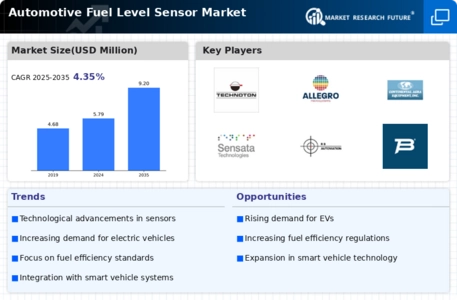
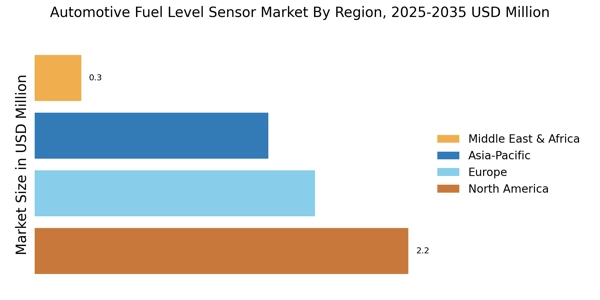
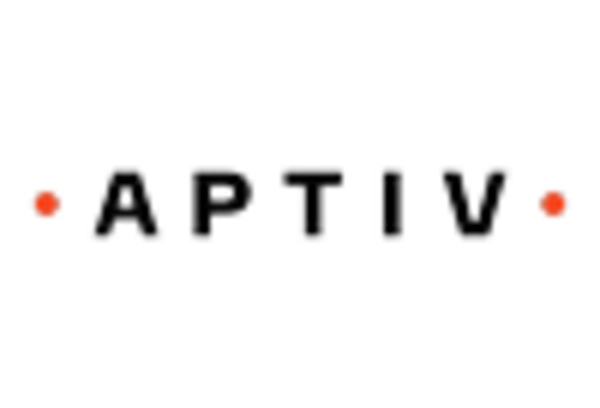
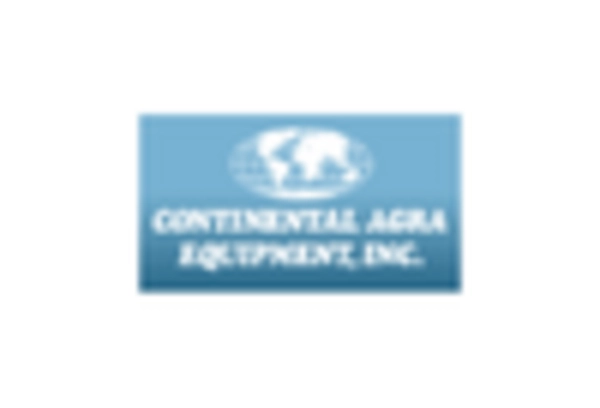
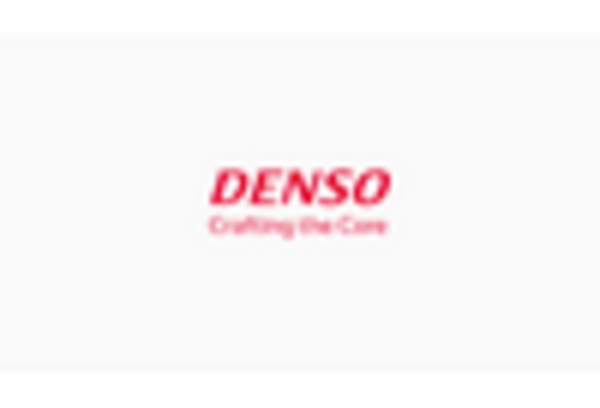
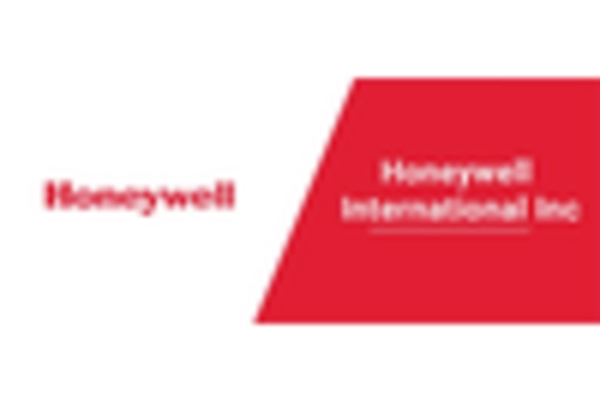
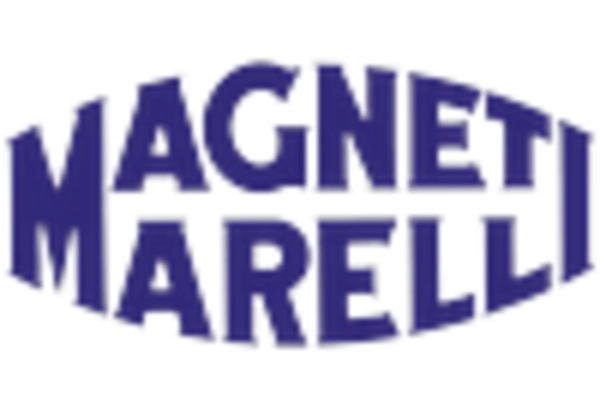
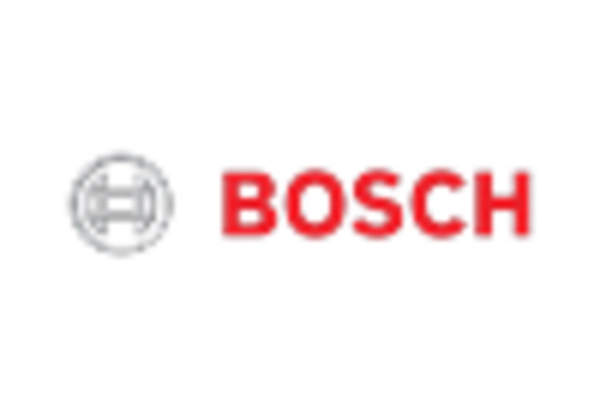








Leave a Comment